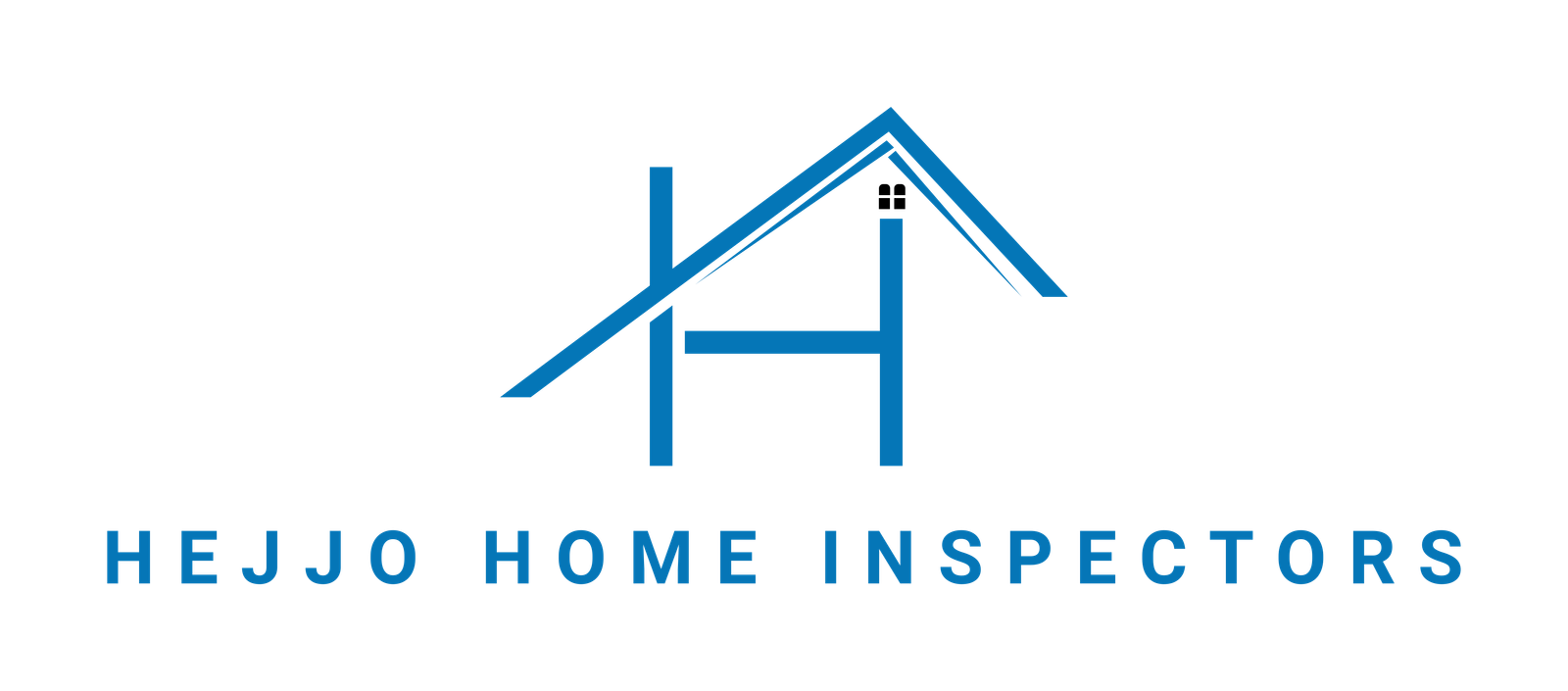Ontario’s new home warranty authority, Tarion, is making a regulatory shift impacting buyers, builders, and developers in the province. Starting January 1, 2026, Tarion will require purchasers of new freehold homes to submit a formal notice of purchase within 45 days of signing an agreement of purchase and sale (APS) with a vendor or builder. This move is aimed at curbing illegal building and sales activity and bolstering consumer protections, while introducing new compliance layers that investors should prepare for.
Stronger Oversight to Prevent Illegal Builds
Although the majority of Ontario builders operate within legal and regulatory boundaries, high-profile illegal home sale cases over the past two years have prompted renewed scrutiny. These incidents have raised concerns around reputational risk, deal integrity, and resale limitations when transactions involve unlicensed builders or non-compliant projects.
Tarion’s changes are part of a broader provincial strategy, working in tandem with the Home Construction Regulatory Authority (HCRA), to flag and prevent illegal new home transactions earlier in the sales cycle. This highlights the growing regulatory sensitivity to unauthorized construction and reinforces the importance of working only with licensed, Tarion-registered builders.
Deposit Coverage and Compliance Incentives
Currently, Ontario is the only province to offer broad deposit protection for new home buyers, regardless of whether the vendor is operating legally. Under the new system, full deposit coverage (up to $100,000 for freehold homes) will only be available to buyers who file the 45-day notice. Those who do not comply will still be eligible for protection, but through a secondary deposit claim process, backed by a $10 million special fund.
This is a critical operational update. For maximum financial protection, purchasers must now track and comply with the new reporting window. Any failure to file notice within 45 days could reduce deposit protection and lengthen recovery timelines in the event of builder default or project collapse.
Integrating the 45-day notice process into standard closing checklists, particularly when managing multiple or syndicated deals, could be a beneficial best practice.
Notably, Tarion’s own data shows a historically low volume of deposit claims (roughly $1 million annually, affecting about 30 buyers per year), so the risk of being denied compensation under the new framework is likely small. Still, the change introduces a procedural step that must be managed, and buyers who miss the 45-day window should expect a more complex and potentially slower recovery process under the separate fund.
Implications for Developers and Sales Strategy
Tarion’s ability to track transactions earlier also means developers and builders are more likely to face faster investigation and enforcement if they operate without proper registration. This creates a growing incentive for builders to maintain clear compliance and updated registration status. From an investor perspective, this may offer greater long-term certainty, particularly in pre-construction transactions, where build delays or cancellations carry significant financial risk.
Developers marketing pre-construction units will also need to adjust their sales processes to accommodate this requirement. Buyers, especially those working through brokers or assignment sales, will need to be informed and supported in filing their notices correctly and on time.
Increased Transparency
Another potential benefit of the change is that Tarion will now engage directly with new home purchasers much earlier in the sales process, providing information about warranty coverage and protections. This could reduce ambiguity around rights, responsibilities, and recourse options.
Risk Monitoring and Ongoing Adjustments
Tarion has pledged to review and adjust the $10 million special fund annually to ensure that the fund is adequate and that the program will remain responsive to market conditions.
For those working with reputable builders, the new Tarion rules will pose minimal disruption, but they introduce an added layer of protection in terms of build quality, delivery timelines, and legal compliance.
